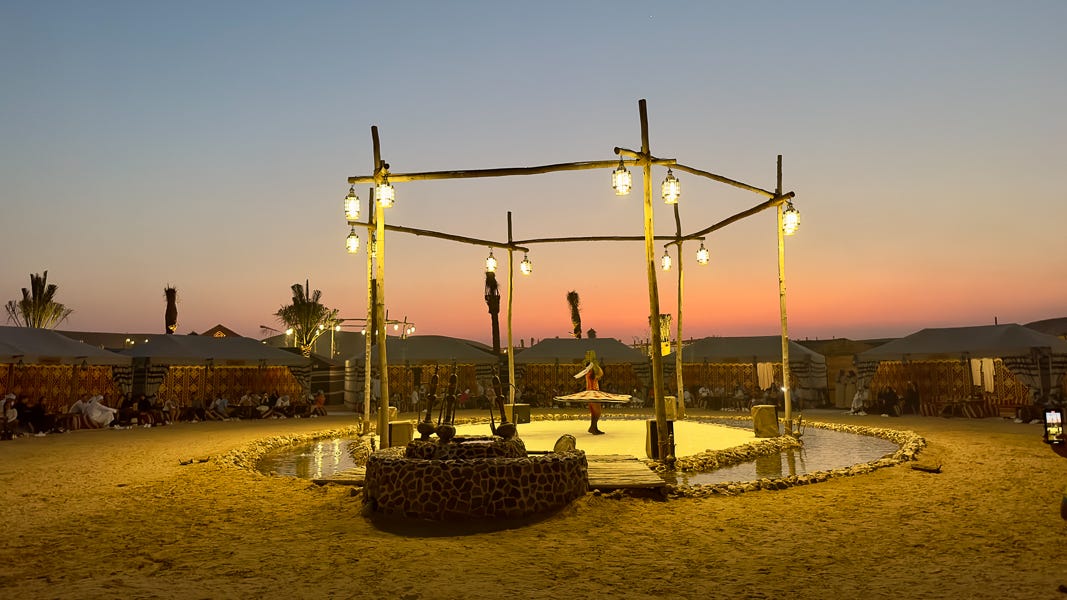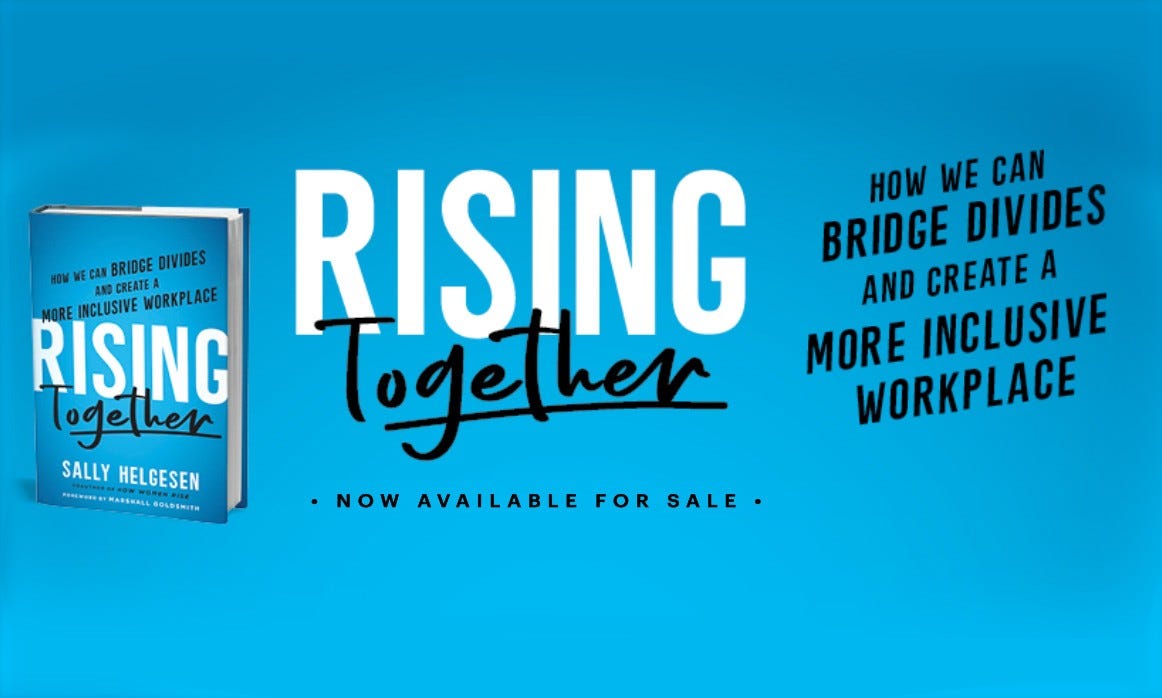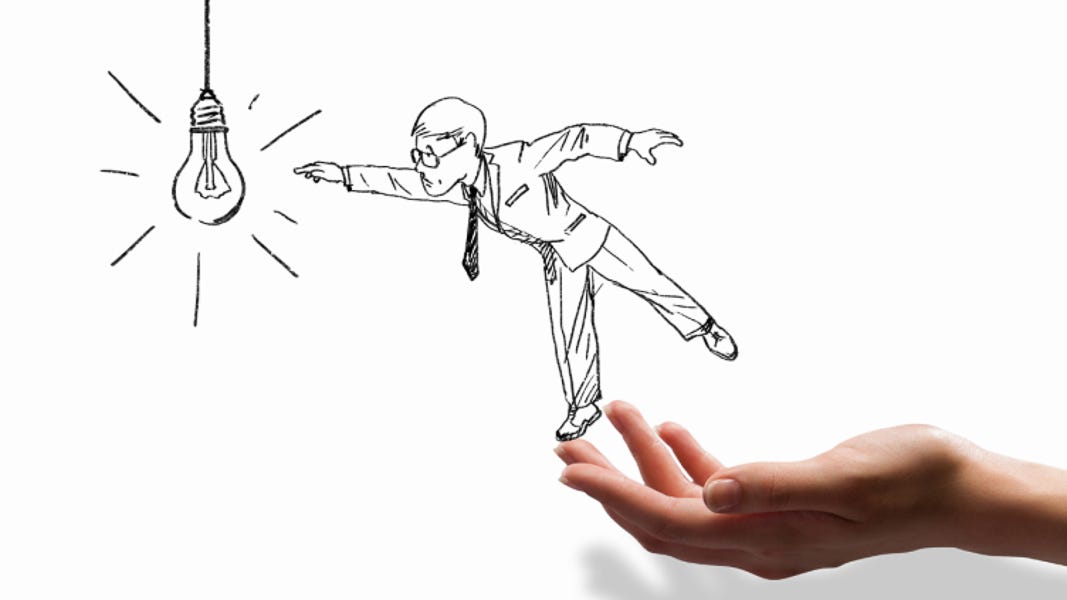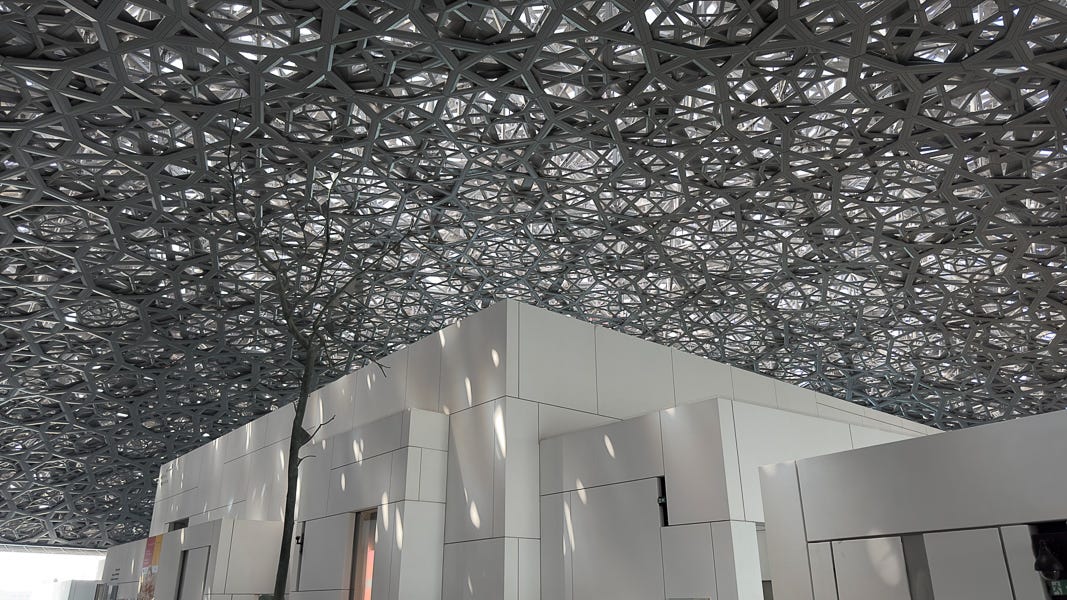Week 23.10 Lift Where You Stand
We finished up a whirlwind trip to Dubai this week where we saw a glimpse of what the future might be as a result of leaders with vision and a burgeoning economy. Massive building projects, entrepreneurial ventures, and leaders thinking on a grand scale. One reason we were there was to explore the state of elite executive coaching in a region that has new leaders with ambitious agendas in need of proper support to meet their goals. Our visit coincided with a few 100 Coaches members including Nankhonde Kasande-van den Broek, named the global #1 Coach by Thinkers50 in 2021, and Chester Elton, the global expert in leading with gratitude and a highly ranked coach in his own right. Chester told a story about how he was trying, with difficulty, to move a piano. By collecting enough people around the instrument and instructing each person to lift where they stood, the task was made easy. This inspired a leadership lesson that we are calling Lift Where You Stand.
Pianos, those tasks or goals that are so substantial that no person can lift them alone, permeate our lives. Nankhonde, who grew up in Zambia, shared an example from her youth in which she and several friends had grand visions of changing Africa. After years of frustrating ambitions to make country- and continent-wide changes, they came to a simple conclusion. Each of them was able to lift where they stood, focusing on a more local problem. Rather than wishing for more influence, they recognized that each person would have an individual impact by choosing a challenge they could resolve. As more people took on a part of the problem, lifting where they stood, they were also effectively addressing the larger issues.
Nankhonde’s experience suggests that some of the world’s biggest challenges can be addressed through individual contributions. And if, as in Chester’s story, it takes six people to lift a piano, each person is the sixth person. If any of the first five people leave discouraged before the sixth person arrives, the piano does not move. We can all be the sixth person, exerting a small but necessary force to move something greater than ourselves. Great change happens when we lift where we stand, do what we can, in the place where we are.
We need to lift where we stand. Leaders often attain the position of authority by being highly driven and able to accomplish a great deal. And it is easy to think that they can lift more than their share. One of the key insights of Lift Where You Stand is that your obligation is to lift your share and only your share. The idea is to stay in your lane and allow the entire team to share the load, making it a smoother and easier lift for everyone. This may not apply to all situations, by trying to identify more tasks that are pianos and then seeking ways to be inclusive and spread the load will free up our time, build up our teams, and train up individuals who will be more capable the next time.
In life and leadership, we often find ourselves in situations where we think we can play all the roles and accomplish all the tasks. And perhaps we can. However, as moving a piano shows us, we can make light work of a difficult task by giving each person a share of the work and allowing them to simply lift where they stand. Sometimes a piano is obvious, and we understand we cannot lift it alone. Other times, it is a task is simply better done with the help of others, even if we can do it ourselves. Bigger challenges often require individuals working at the local level, whether in business or society, to create great change. As leaders, we need to encourage each person to choose to make a contribution because that is how we will make a big impact over time. One of leadership’s great potentials is to enable each of us to live a fuller life by sharing the load and lifting where we stand.
Rising Together Released Sally Helgesen
I’ve spent a lot of time thinking about how I might use what I’ve learned to help us all become more skilled at building honest and effective relationships across a range of divides. Not only divides of gender, but those of race, ethnicity, culture, age, and identity, as well as the ideological and political divides that leaders tell me have become an increasing source of friction in the workplace in recent years. In other words, I’ve spent a lot of time trying to identify simple practices that can help us get better at having one another’s backs, in particular with those we may perceive as being different from ourselves. The ultimate point? Enabling us to rise together. As with all my books, Rising Together focuses on the pragmatic, the practical, the everyday: whatever we can put to immediate use. I don’t drone on about why doing this is important. Instead, I relentlessly emphasize the hows, for us as individuals, as well as for our organizations, our teams, our communities, even our nations. Because it’s the details of how we do things that shape how other people experience us. And it’s in these same details that culture always lives.
What Cartoonists Can Teach Us About Getting Buy-In by Lisa Earle McLeod
Have you ever had an idea you loved, and your boss immediately started poking holes in it? Or have you created a presentation and your colleagues responded with a list of things you should add? As humans, we’re instinctively wired to want to point out flaws. Further, ambitious people are eager to put their mark on new developments. Everyone wants to play a part in something exciting. Making a specific ask will help your energy, too. You won’t feel like someone poked a bunch of holes in your entire project; they simply fulfilled your request for specific support. This approach allows you to get the best of both worlds. Your boss or peers feel like they contributed because they did. And you still retain the ownership and pride in your work.
Design the Long Life You Love with Ayse (Eye-Shay) Birsel
Join us on March 15, 5 PM EDT for our Salon on Collaboration (in place of our weekly Virtual Tea). Leah Caplan, my collaborator and brand consultant extraordinaire, and Deb Johnson, the founder and executive director of The Swimming Hole Foundation, will share their living experiment on collaboration and answer questions about their findings. We look forward to having you join us for this hour of inspiration. Please RSVP using the button below, and feel free to invite your team, collaborators, and friends.
With love, wonder and gratitude. Scott













